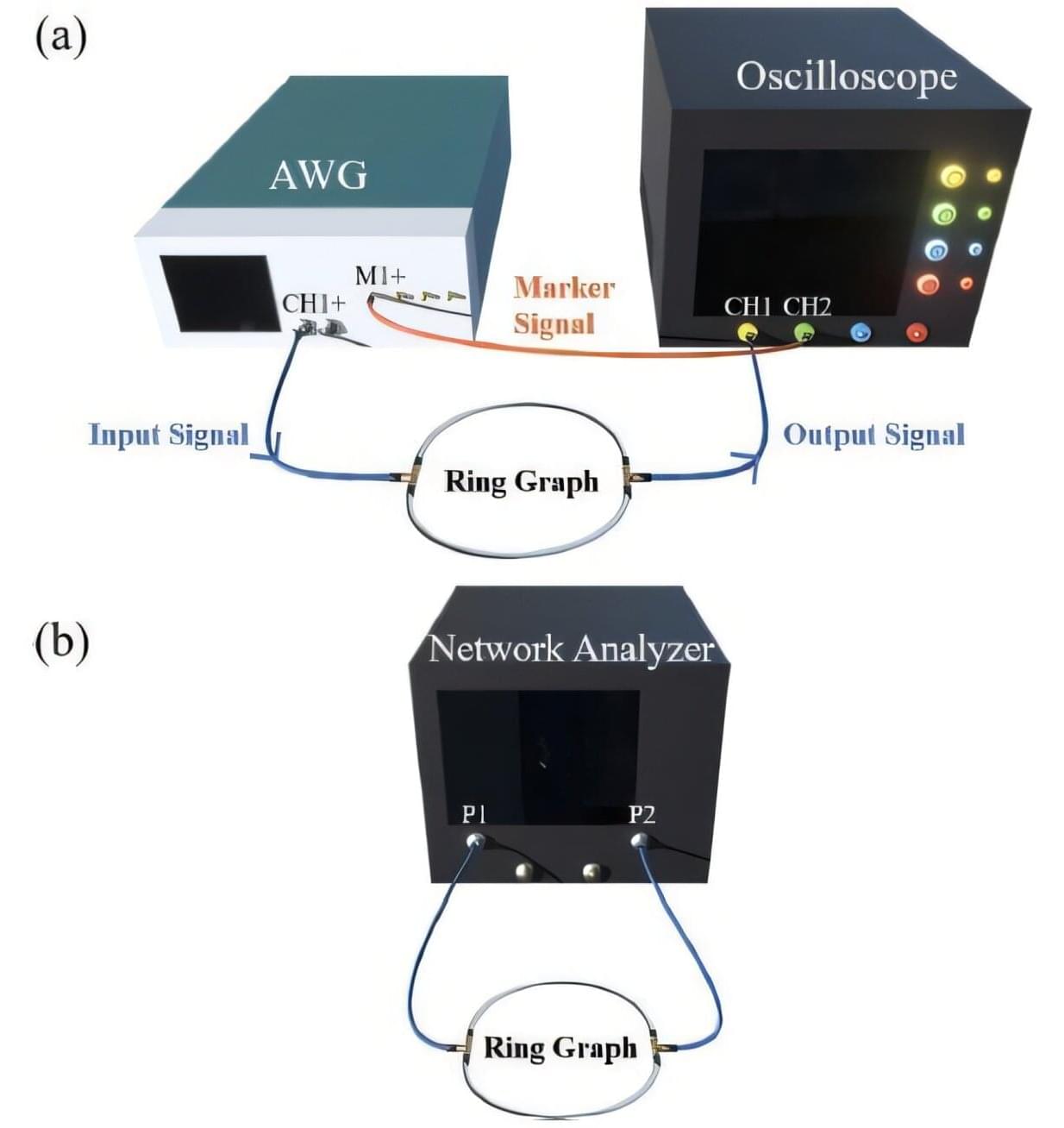Inside the system, the light wave’s velocity typically changes; such a system is called a “dispersive medium.” In particular, the scattering matrix for a dispersive medium can provide the time delay of the wave’s transition from incoming to outgoing—how long the wave stays in the system.
The time delay, in turn, provides scientists, engineers and technicians with parameters such as the phase evolution of quantum waves, the delay of a wave group in a fiber optic cable and the group delay in waveguides, among other quantities.
But what to make of the imaginary parts of the scattering matrix? In a 2016 paper in Nature Communications by lead author M. Asano of Japan, a group of scientists from several countries around the world recognized that for light pulses that meet certain requirements, the imaginary part of the scattering matrix—more precisely, the real number before “i,” the square root of-1—represented the “frequency shift” of the transitioning wave due to its passage through the scattering system. In particular, it represents the shift of the frequency in the center of the pulse (shaped as a Bell curve, a Gaussian distribution) of the incoming light pulse.
